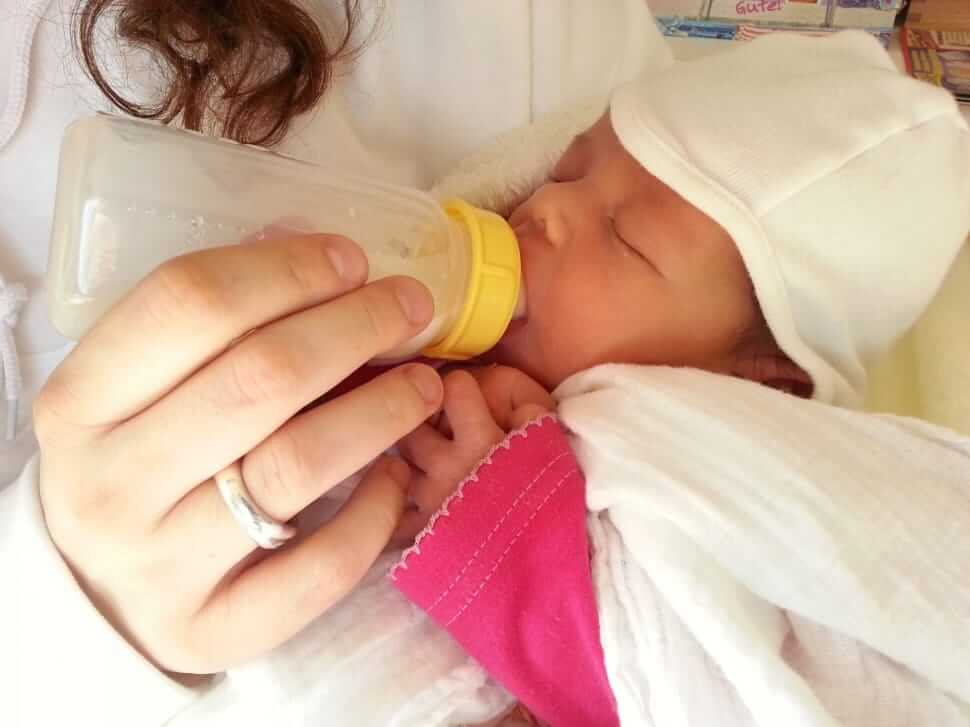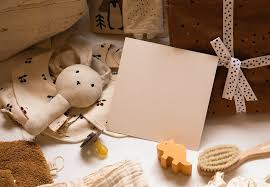How to Feed Formula Food to Your Baby
As all mothers are aware, breastfeeding is the best way to develop a newborn baby’s health. All doctors and medical experts agree on this point. However, there are many situations where breastfeeding is not possible on a regular basis.
This is where baby formula food comes in as the next best substitute. The following tips will help a mother with information about the proper way of feeding baby formula food to your newborn baby.
Choose the Right Formula
There are different baby formulas available in the stores. You should evaluate the different ingredients that are used in the products.
There are five main components in a formula. Carbohydrate, fat, minerals and vitamins and other nutrients in small quantities.
The brand formulas differ from each other is because of the specific carbohydrate, protein and other nutrients which are used in the formula.
Formula And Breastmilk: Know The Difference
In a cow based formula, there are two kinds of proteins, whey and casein found in different proportions. Lactose is the main form of carbohydrate which is used in formula milk and is present in cow’s milk too.
Breast milk contains about 60 percent whey and 40 percent casein. Formulas made milk have similar content while some others have 100 percent whey. Breast milk contains a mixture of monounsaturated, polyunsaturated and saturated fat.
While the formula based use different types of oil to match up the fat of breast milk. Palm and olefin are the main oil used.
Also, there are different formulae available based on the age of the baby which you may also consider. Infants at a young age have smaller volume feds so the number of feeds per day is relatively high.
The Correct Portion For Your Baby According To Age
Now as the babies grow the volume of formula required to meet the babies need also increases. Maximum infant formulas are based on cow’s milk which has been significantly modified to make nutritionally stable for infants.
These formulas are generally whey dominant. Formulas used for babies for six months are called follow-on formulas. They contain different levels of nutrition which may be not suitable for babies younger six months.
Feeding The Correct Food To Your Baby
Also make sure that you are offering solid food to your baby too after six months, as they will need more nutrition from food.
If your baby is happy with the formula then you don’t have to change the formula till your baby reaches the age of twelve months.
From twelve months onward your baby starts walking and they are busy and active and will need more energy and nutrients to play and grow.
Cow’s milk can be their main milk drink, 2-3 cups a day will be enough for a child of twelve months. However, they will need plenty of iron-rich food too in their diet for healthy growth and development.
Use the Correct Feeding Bottle
Finding the right bottle that baby likes, and you can live with, is likely going to be more complicated than you initially thought with many little ones struggling to use different types of bottles or nipples.
Buying a bottle isn’t as simple as grabbing a cheap one off the shelf and hitting the checkout line, and knowing what to look for and which features you should consider can be the difference between finding the perfect fit and spending a lot on bottles you’ll never use.
The feeding bottle comes mainly in two varieties – plastic and glass.
Why We Prefer Glass Bottles Over Plastic Ones?
In case you are using the plastic variety, do check the bottle carries proper BPA-free certification. Glass bottles are always preferable over plastic ones, for obvious health reasons.
Plastic bottles are light in weight and are easy to carry wherever you go. These bottles have markings on their body which will help you to know the amount of milk you are providing your baby. They have silicone nipples and the collar is made of plastic.
Glass bottles are normally heavier than the plastic ones but are often easier to clean and harder to scratch, they have a longer lifespan and are eco-healthy.
These bottles are sometimes heavy for the baby to hold and have a narrow nipple. Their nipples are made of silicon and have a plastic collar.
Before the plastic came bottles were usually made of glass. They still have a superior performance over plastic.
Stainless Steel Bottles: An Amazing Alternative
Stainless steel is eco-friendly material and has a longer lifespan and are recyclable too. They might be heavier than plastic but are much lighter compared to bottles made of glass. Their nipples are made of silicon.
They are not so popular as you cannot see how much milk is left in the bottle or how much milk your baby has taken. Silicones are very rare bottles.
They are very light in weight and are totally easy to clean and pliable. They can be easily washed in dishwater and do not break if they are dropped.
They are safe and your baby’s milk will have no contact with the plastic body. The entire body is made of silicone.
Find a Proper Feeding Angle
This point is very important, especially when you are beginning to feed with bottles. Make sure the baby is propped at an angle and not on her back.
Also, be sure to hold the bottle at an angle too, for easier delivery of the baby formula. Always make sure the nipple is full of milk, to avoid air bubbles.
- Cradling is one of the best ways to feed a baby. Place the head of the baby in the crook of your arm and take your other arm underneath or around the baby. Now put the baby’s head in a way that he is in a semi-upright position.
- Don’t feed a baby when he is lying down as the flow in the ear which can cause infection.
- If your baby has painful gas or acid reflux then make him sit on your lap and let his heads rest in your crook or your chest.
- If you are lying or sitting, and you have your legs propped up then place the baby on your lap with his head resting on your knees. This is one best feeding positions as you and your baby will be facing each other which will allow you to make plenty of eye contact.
- While you are feeding the baby, you can tilt the bottle so the milk can completely fill the nipple. This decreases the amount of air that your baby will take which will decrease the chances of having gas.
You can also use a Boppy pillow as some babies feed very well while lying in a Boppy pillow. The pillow will keep your baby’s head slightly elevated which will help you when your arms get tired. You just have to hold the baby’s bottle.
Make the Baby Burp
The stomach of a newborn baby is very small, so even a bottle of milk will fill it up easily. So, while he or she might want to suck on all of the milk in one go, it is better to feed with ample intervals.
During feeding, prop the baby over your shoulder and gently pat the mid-back region to help the baby burp.
Take Care while Warming
- Never use a microwave to warm baby formula; this might create unevenly heated areas in the milk which you will not feel during checking.
- A good method is to use a bowl of hot water and setting the bottle inside for warming.
- Place the bottle in the warm water for around 15 minutes, don’t place it more than that as it might cause bacteria to develop in the milk.
- The water should be hot enough to heat the bottle but cool enough so that you can place your hand inside it to take the bottle out.
- Once the bottle is warm, shake it so as to make the temperature even. You can also use an electric bottle warmer. It only takes around 5-6 minutes to heat the bottle which will be perfect for your baby.
- Mix a fresh bottle of formula in each feed and ten warm the bottle. It is not advisory to heat the formula which you have made from powder earlier in the day.
- Do not store the formula in the fridge as it might develop bacteria too.
- Also, don’t forget to check the warmth of the milk on the back of your wrists for temperature. This is a liable formula as the back of your wrist has thinner skin and is more sensitive than the skin in your hand.
With these details, you will be able to feed your baby in an effective and efficient way. Try it out.
In Above blog following points are covered:
- formula for newborns how much
- breast and formula feeding
- baby feeding formula chart
- baby milk intake chart
- breast and bottle feeding
- guide to formula feeding
- formula feeding newborn schedule
- formula feed schedule
- infant feeding guidelines
- bottle feeding positions
- baby feeding amount
- baby bottle feeding position
- bottle feeding tips
- bottle feeding newborn baby tips
- best bottle feeding positions
- formula feeding tips
- bottle feeding problems
- best way to feed baby
- newborn bottle feeding tips





Be First to Comment